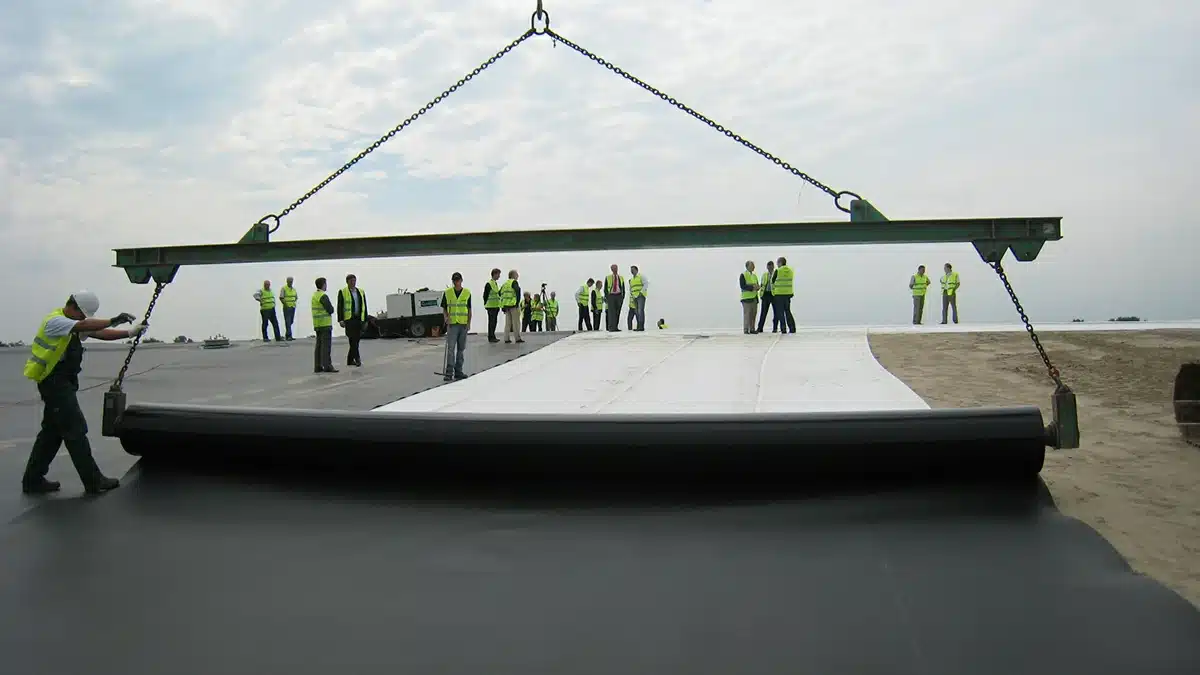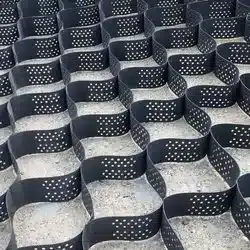+86-159 9860 6917
info@geofantex.com
geofantex@gmail.com
+86-400-8266163-44899
Geosynthetic reinforced earth system walls have revolutionized the field of civil engineering, providing sturdy and cost-effective solutions for retaining walls. This article delves into the concept of these walls, their construction requirements, and the pivotal role of geosynthetics in enhancing their functionality.

What is a geosynthetic wall?
A geosynthetic wall uses soil reinforcement layers, usually geogrids, to strengthen the soil. This reinforcement boosts the soil’s ability to bear loads and stabilizes it, forming a solid mass that can withstand the forces exerted on the wall system.
What is a reinforced earth retaining wall?
A reinforced earth retaining wall uses materials such as geogrids or geotextiles to reinforce the soil mass, offering structural support against sideways earth pressure and helping shape a vertical or near-vertical surface.

What is the use of geosynthetics in a retaining wall?
Geosynthetics are pivotal in retaining walls, boosting soil stability, drainage, and cost efficiency. They distribute forces, curbing erosion, and preserving the structure’s strength, serving to shape a sizable rectangular block and soil mass that contains the retained soil.
How do geosynthetic reinforced walls compare in cost and durability to traditional retaining walls?
Geosynthetic reinforced earth system walls often offer cost advantages due to reduced material needs and simplified construction processes compared to traditional retaining walls. Their flexibility also aids in adapting to ground movement, enhancing durability, and minimizing maintenance costs over time. Integrating geosynthetics enhances resilience against soil erosion, ensuring better load distribution for prolonged structural integrity.
These walls also offer environmental benefits by utilizing locally available materials, reducing the carbon footprint associated with transportation. Their modular design and ease of installation contribute to quicker construction, further reducing labor costs.
In terms of durability, the integration of geosynthetics enhances the overall resilience of these walls, providing resistance against soil erosion and allowing for better load distribution. This ensures prolonged structural integrity, making them a reliable long-term solution for various retaining wall needs.
Geosynthetic reinforced earth system walls stand as a testament to innovation in civil engineering, combining cost-effectiveness with durability and sustainability to meet the demands of modern infrastructure projects.



Get Free Sample
We’ll respond as soon as possible(within 12 hours)





















